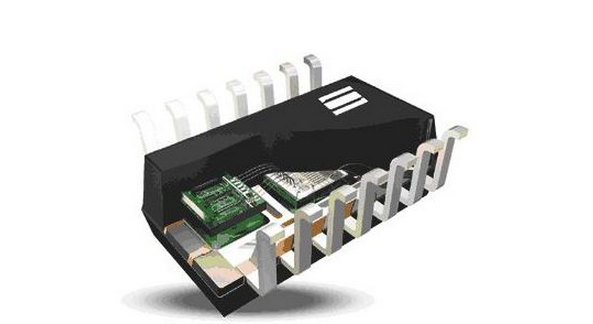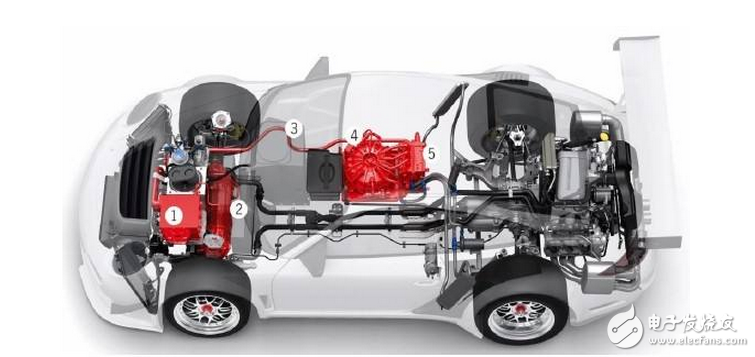Safety, comfort, pollution-free, and economy have always been the goals pursued by the automotive industry and users. The key to achieving these goals lies in the electronics and intelligence of the car. The prerequisite is the timely acquisition of various information, which will inevitably require a large number of sensors in the car. Automobile sensors can convert various operating conditions information during automobile operation, such as system parameters such as power drive, safety management and body comfort, into electrical signals and send them to the central control unit (ECU). Best operating condition. Among them, the number of sensors for power drive systems is the largest, and the market for sensors for safety systems and comfort systems is developing the fastest. Traditional sensors are often bulky, heavy, and costly, and their applications in automobiles are greatly restricted. MEMS sensors will focus on development In recent years, MEMS (Microelectromechnical System) technology developed from semiconductor integrated circuit (IC) technology has become increasingly mature. This technology can be used to make a variety of micro-sensors that can sensitively and detect mechanical, magnetic, thermal, chemical, and biomass. These sensors have small size and energy consumption, and can realize many brand-new functions, which are convenient for mass production. And high-precision production, low single-piece cost, easy to form large-scale and multi-functional arrays, these characteristics make them very suitable for automotive applications. In the early 1980s, miniature piezoresistive multi-channel absolute pressure (Manifold Absolute Pressure) sensors began to expand. Mass production, replacing the early pressure sensor using LVDT technology. In the mid-1980s, miniature acceleration sensors began to be used in automobile airbags. They are miniature sensors that have been mass-produced and are widely used in automobiles. However, the large-scale application of micro-sensors will inevitably not be limited to engine combustion control and airbags. In the next 5 to 7 years, they will include engine operation management, exhaust gas and air quality control, ABS (antilock brake system, anti-lock brake system), and vehicle dynamics. Applications such as control, adaptive navigation, and vehicle safety systems (such as airbags and obstacle detection and collision avoidance, etc.) will provide a broad market for MEMS technology. MEMS sensors can achieve the miniaturization of traditional sensors through micro-nano processing technology, and have replaced traditional mechanical, strain gauge, sliding potentiometer and other sensors on a large scale; they can be integrated with multiple other MEMS sensors on the same substrate. Intelligent functions such as self-diagnosis, multi-parameter mixed measurement, error compensation can be realized through integration with information processing and control chips, which can effectively reduce the overall volume, reduce system power consumption, and improve reliability. Sensors for safety management systems turn to active safety With the continuous development of technology, the goal of automobile safety management system has changed from passive defense to active protection. Safety management systems currently in use, such as airbag systems, tire pressure monitoring systems, anti-lock braking systems (ABS), electronic brake force distribution (EBD) systems, advanced driver assistance systems (ADAS), night vision systems, etc., A large number of sensors are used, and the information collected includes the acceleration of the car in all directions, tire pressure, brake pedal position, collision pressure, proximity warning, etc. This type of sensor is the most active part of innovation in automotive applications in recent years. Sensors for power drive systems focus on energy saving The power drive system mainly includes engine and chassis management system. The sensors used mainly include flow sensor, pressure sensor (intake pressure, cylinder pressure, atmospheric pressure, oil pressure, etc.), temperature sensor (air, water, lubricating oil, etc.), knock Sensors, crankshaft sensors, gas concentration sensors, throttle position sensors, idle speed sensors, suspension system sensors, as well as wheel speed sensors, engine speed sensors and accelerator pedal position sensors in automatic transmissions. The electronic control unit of the engine accurately controls the various operating conditions of the engine according to the information provided by the sensors, thereby improving the power and maintainability of the engine, reducing fuel consumption and reducing emissions. Due to the harsh working environment, the accuracy and reliability of sensors for power drive systems are 1 to 2 orders of magnitude higher than those of general industrial sensors.
This 30 port USB charger can charge up to 30 iPad, iPhone, tablets, smartphones, or other USB devices to charge, which can identify your device and support the corresponding current to provide the fastest charging speed. And this 30 -port smart charger built -in intelligent multiple security protection to prevent your device from security such as excessive high, overvoltage, overload, etc.
30 Port Usb Charger,Red Intelligent Charger,30 Port Intelligent Charger,Usb Red Ai Smart Charger shenzhen ns-idae technology co.,ltd , https://www.best-charger.com


The development of miniature sensors and their applications in the automotive field
30 Port USB Charger